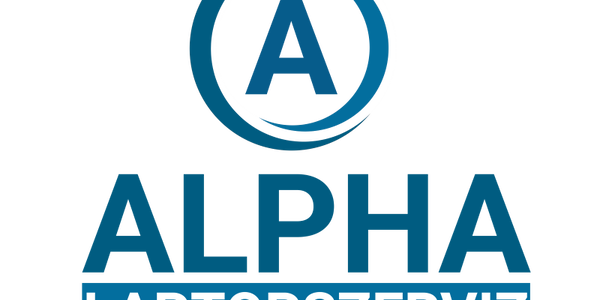Új hozzászólás Aktív témák
-

rdi
veterán
válasz
 doddencs
#9361
üzenetére
doddencs
#9361
üzenetére
Átgondolandó probléma ez.
"One of the controversial IPv6 features in Windows Vista, Windows Server 2008, and Windows 7 is that it uses random interface identifiers when creating its IPv6 addresses. Typically, an IPv6-capable computer performs autoconfiguration with the Neighbor Discovery Protocol (NDP) to determine their network and interface identifier and form the computer’s 128-bit IPv6 address. The IETF’s RFC 2373 “IP Version 6 Addressing Architecture” describes in Appendix A how a computer should go about creating its EUI-64 based interface identifier using its MAC address. The IETF’s RFC 2464 “Transmission of IPv6 Packets over Ethernet Networks” describes in Section 4 how stateless address autoconfiguration should take place using a computer’s MAC address. Because of the privacy concerns about using hardware MAC addresses as interface identifiers the IETF created RFC 4941 “Privacy Extensions for Stateless Address Autoconfiguration in IPv6”. This RFC defines how an interface identifier can be created so that the privacy of the user can be preserved.Windows 7 doesn’t use the EUI-64 technique by default when forming its interface identifier. Microsoft has blurred the lines between these two address autoconfiguration concepts with their temporary addresses and now their randomly-generated interface identifiers. However, thankfully Microsoft has given us the ability to disable or enable this feature as needed with the following commands.
netsh interface ipv6 set global randomizeidentifiers=disabled
netsh interface ipv6 set global randomizeidentifiers=enabledThere are a few things missing from Windows 7 that I was hopeful would be in this operating system by default. I was hoping to see Mobile IPv6 (MIPv6) support in Windows 7 because MIPv6 is not fully supported in Vista or Server 2008."
Fej! Tor! Potroh!
Új hozzászólás Aktív témák
- UltraBook Acer FullHD IPS, 6.gen.core i5,16GB DDR4 Ram,SSD,extra jó akku, szép állapot
- HP játékra is,core i5,GT840 2/6GB VGA,16GB Ram,SSD+HDD,jó akku,Új töltő
- Nagyon szép, vékony,gyors laptop,core i3 6100 (4X2,3Ghz),16GB DDR4 RAM,SSD,Új 10 órás!akku,
- Játékra is Érintőkijelzős Asus,core i7,GT740 2/4GB 128bit!!!VGA,16GB RAM,SSD+HDD,Új akku
- Asus játékra is,7.gen.A9 (3,6Ghz),R5+AMD 8500m 2GB videokártyák, 12GB RAM,SSD,jó akku, jó állapot
Állásajánlatok
Cég: Alpha Laptopszerviz Kft.
Város: Pécs
Cég: Ozeki Kft.
Város: Debrecen


 Gubek-Einste
Gubek-Einste MaCS_70
MaCS_70
